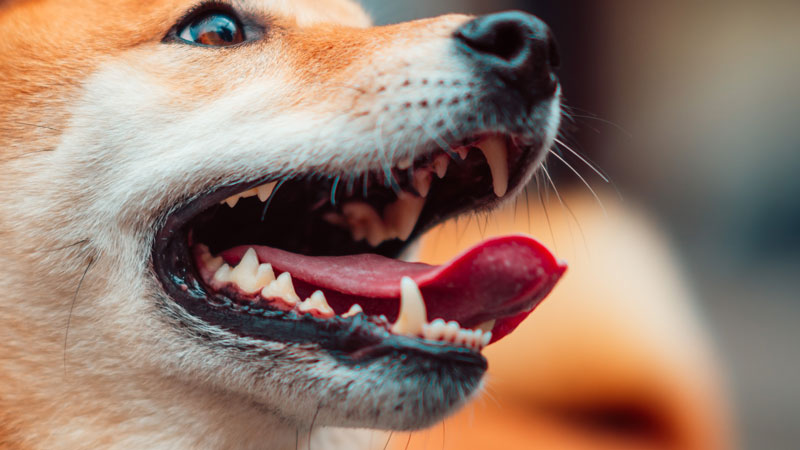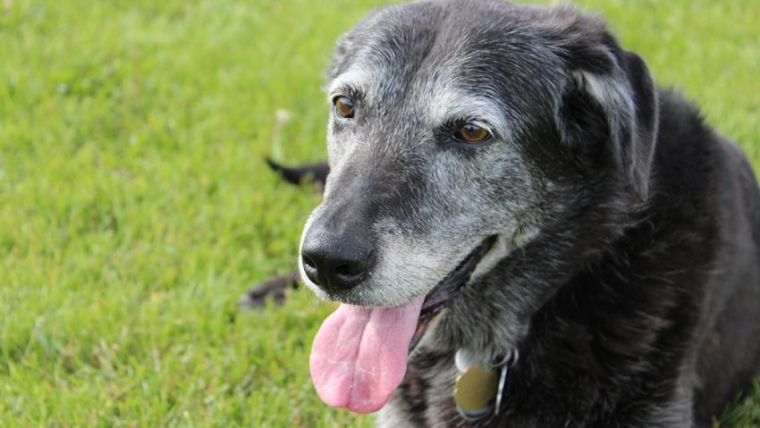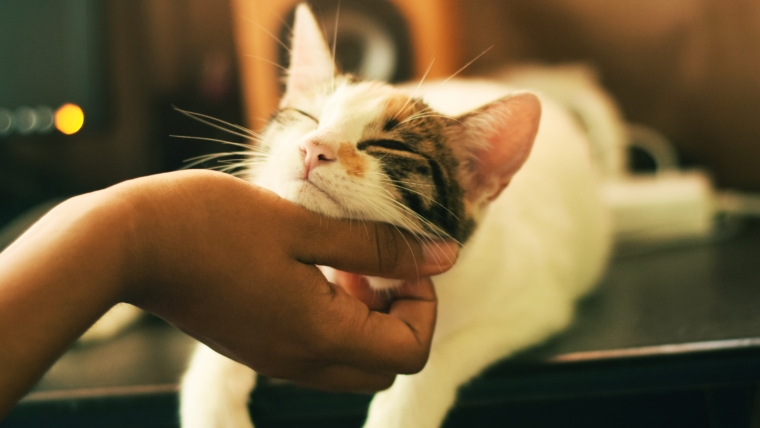by Dr Nalinika Obeyesekere and Dr Shamithri Ranasinghe
Historically, veterinary dental issues were considered an old or senior pet disease. However, recent research findings suggest that 90% of dogs and cats are affected by some sort of dental health issue by the age of one year. Hence, ideally, the first dental checkup should be done before the pet is one year of age. At PetVet we believe in preventive health and wellness; regular dental checks are important!
Dogs and cats, like humans, have two sets of teeth: deciduous and permanent. A puppy has 28 teeth, an adult dog 42, a kitten 26, and an adult cat 30.
Dental issues can be more prominent in small breed and short nosed (brachycephalic) dogs and cats. This is because breeding for a small size or short muzzle also changes the jaw structure. This results in crowding and sometimes poor alignment of teeth.
Dental problems may be easy to visualise or anticipate in these susceptible breeds. However, in veterinary dentistry, it is actually what you do not explicitly see that matters the most. Bacteria first start to colonise underneath the gum-line. This causes a slight reddening along the gum-line, indicating early gingivitis. This is visible and can be monitored by the pet owner. If you are not sure how to spot the signs, ask us at your next visit. Ideally, medical intervention is needed at this stage. If left unattended, bacteria will grow in higher numbers and form a thick plaque/cement over the teeth. This in turn will cause irreversible changes to the gums, underlying bone sockets and teeth themselves.
Food particles get mixed with bacteria and salivary components to form the plaque on teeth. This gets stabilised in roughly 24 hours. Once stabilised, this is called tartar/cement and cannot be removed by regular brushing. You need to get rid of plaque before it stabilises. That is why brushing teeth every day is of paramount importance. Pets’ teeth are similar to ours; regular brushing should be part of normal hygiene and care. At the very least, brush once a week and use good quality dental chews (bones) on the other days.
Once stabilised, plaque needs to be electrically scaled in the same way we humans get our teeth scaled. However, in animals, this requires general anaesthesia. Just like for us, the sounds and smells at the dentist are scary for our pets, but we can’t make them understand what is happening. General anaesthesia is the most comfortable option for your pet. This is another reason why brushing teeth is so important. If tooth brushing can be done daily, then the frequency of scaling required can be reduced, in turn reducing unnecessary trouble and saving money!
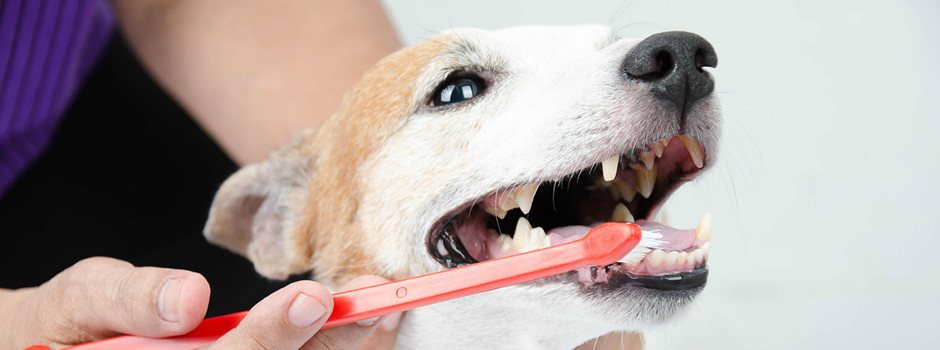
Brushing Teeth in Pets
You should start brushing your pets’ teeth at a young age. It is difficult to train an adult though not impossible. Most dogs enjoy the attention. Cats however are more challenging. Some dogs and cats will not allow brushing, however hard one tries.
Training:
Initially put something tasty on the brush (liver paste, flavoured pet toothpaste, etc). Let your pet smell it and then run the brush over their teeth once or twice. It might be better to try with your finger first, may be wrapped with a soft gauze. Later, either a soft paediatric toothbrush or pet specific one can be used. There are even dog specific, finger-mounting type brushes which give more control. After they are used to this (a week or so), brush a bit more. Once a routine is established, switch to children’s toothpaste or special pet toothpaste. They will swallow/eat the toothpaste like kids do, so you can’t use adult toothpaste which contains fluoride. At this stage, after brushing with toothpaste, give your pet a reward (a treat, extra praise/love, or a fun game).
When training them to have their teeth brushed, it’s better to select one specific time of the day which is convenient for you. The time, whether morning or evening, does not matter, as long as you stick to it. When the procedure is done every day at the same time for about 3 weeks, a habit is formed, for both you and your pet. Once they know this is their chance to get some quality time with you, they will gradually start to cooperate and very soon to even enjoy it!
In case brushing is not possible after trying all these methods, dental chews – whether commercially available or a big bone, etc. – can be tried to reduce the rate at which tartar is formed. (Before you give your pet bones, talk to us about how to do this safely.) There are special commercial dog foods that can also help. When tartar is still moderate, it is important to have tooth scaling performed in a timely manner, under anaesthesia.
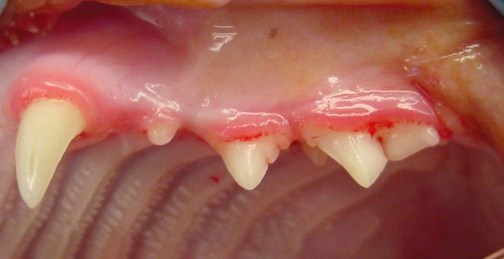
Gingivitis and Periodontal Disease
Gingivitis is inflamed, reddish and painful gums. Diseases of gums, underlying bony sockets, ligaments that help anchor teeth to the sockets, etc. are called periodontal disease. Periodontal diseases are graded as I, II, III, and IV. The first two stages are reversible but the last two are not. In the case of grade III and IV irreversible periodontal diseases, teeth have to be extracted to maintain proper oral health.
Bad breath (halitosis) is one of the tell-tale signs of poor-quality oral hygiene. When advanced, the pet may drool, as swallowing saliva becomes painful. Cats can stop grooming due to the pain. A thick brown tartar will be visible on their teeth and their gums can be reddish and bleeding. A dog may even cry out when they fetch the ball while playing. Or your pet may cry out in pain when you touch their head/mouth area.
Occasionally, in advanced stages of dental disease, an ‘oro-nasal fistula’ (a hole/opening in the upper palate of the mouth connecting to the nasal passage) is formed. This causes chronic and persistent respiratory infection and nasal discharge, as food can enter the nasal cavity.
Further, general health complications of bad teeth can be seen. The high number of bacteria lodged in tartar can enter the bloodstream and cause heart valve problems as well as liver and kidney disease, which are life-threatening. Moreover, worsening of arthritis, poor diabetes control and lung diseases are all possible. Bad oral hygiene in dogs and cats is worse than smoking in humans and causes early mortality due to multiple organ failure.
Added to all these significant life-threatening side effects, the pain due to toothache will significantly reduce your pet’s quality of life. We all know how terrible dental pain can be. It is often difficult to recognise that your pets’ change in behaviour is due to dental pain. It is an area often overlooked by pet owners. We need to be aware and look for it.
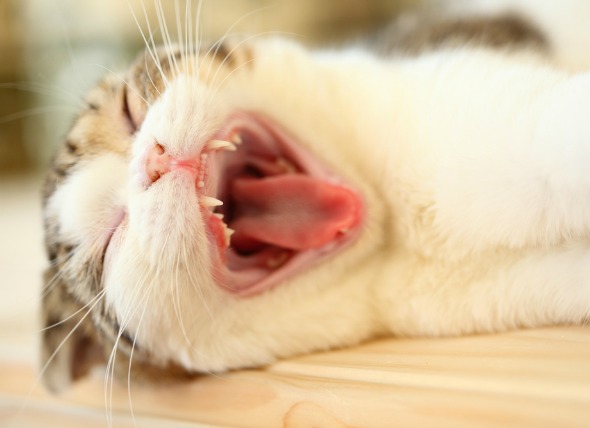
Other Dental and Oral Issues
Apart from the issues caused by bacteria described above, pets can also have congenital or developmental tooth issues like persistent deciduous (baby) teeth. These will cause discomfort and even wounds. Identifying and attending to such congenital or developmental dental diseases can be done when the puppy or kitten is taken for routine vaccines.
In addition to the dental issues common to both cats and dogs discussed above, there is also feline gingivo-stomatisis, specific to cats alone. This is now thought to be due to an immune reaction. Here, the immune system reacts to the plaque/tartar/bacteria, etc. in a disproportionate manner and causes significant pain and redness in the oral cavity. While symptoms can be controlled using (a) painkillers to reduce pain and inflammation, (b) antibiotics to reduce bacterial count and (c) steroids to suppress immunity, the more permanent cure is a full-mouth-extraction. This may sound like a very dramatic measure, but cats do extremely well without those once painful teeth. Dental pain is a terrible thing. And prevention is always better. That is why at PetVet we focus on good dental health from the start.

